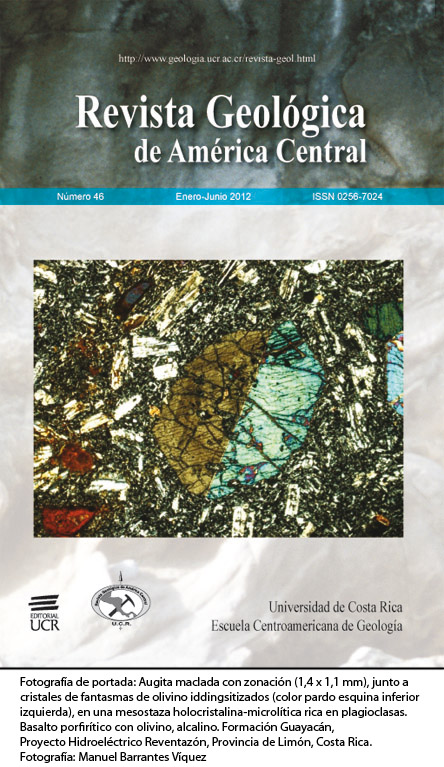Abstract
In reference to the discovery of new fossil xenarthrans that was made in the Curré Formation, a paleobiogeographical analysis of the early Hemphillian age vertebrates will be made for the fossiliferous location of San Gerardo de Limoncito in southern Costa Rica. This vertebrate locality has a mixture is mainly formed by vertebrates from the Palearctic, Nearctic and Neotropical regions and it records the early arrival of South American mammals to the Southern Central America region, not known until now. The arrival of South American mammals to the Panama Region was due to a series of factors such as the development of the Costa Rica-Panamá Island Arc by subduction processes, the collision and the deformation of the Island Arc with the North-Western Colombia territories and the prevailing climate factors which stimulated the predominance of warm, humid and basal forests, both in Colombia and in southern Central America. This permitted the xenarthrans, which are considered strong swimmers and islands hoppers to migrate to the North. These conditions on the other hand, limited the migration to the South of the North American mammals, whose arrival in South America was postponed until the Blancan age with drier climatic conditions and the new land corridor that was established in the region. Additionally, the current state of the Great American Biotic Interchange in Central America (GABI) is analyzed.Comments
Downloads
Download data is not yet available.






